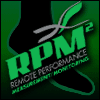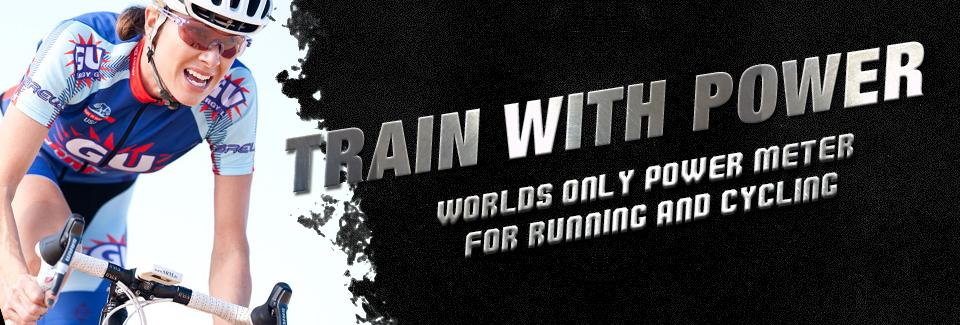 Invented for athletes—especially cyclists, runners, and triathlon participants, RPM2is a revolutionary system of products that offer unprecedented monitoring and measurement of an athlete’s gait, weight distribution, and range of motion through a ultra-thin insert placed in the shoe. The products’ main objectives are to reveal bilateral deficiencies that affect an athlete’s performance. By revealing bilateral deficiency, which is nearly impossible to measure without the technology offered by RPM2, athletes can achieve bilateral equivalence through consistent monitoring with their trainers and coaches.
Invented for athletes—especially cyclists, runners, and triathlon participants, RPM2is a revolutionary system of products that offer unprecedented monitoring and measurement of an athlete’s gait, weight distribution, and range of motion through a ultra-thin insert placed in the shoe. The products’ main objectives are to reveal bilateral deficiencies that affect an athlete’s performance. By revealing bilateral deficiency, which is nearly impossible to measure without the technology offered by RPM2, athletes can achieve bilateral equivalence through consistent monitoring with their trainers and coaches.
What are bilateral deficiencies?
Simply put, a bilateral deficiency is an unequal amount of force produced by each individual leg when compared to the force exerted by both legs while in motion. A bilateral deficit is not uncommon among athletes of all sports and disciplines. This phenomenon is apparent during running, cycling, and even weight training especially when working with the lower body. For example, when performing a 1-leg stiff-legged deadlift, an athlete can handle 180 pounds of weight whereas when conducting a 2-leg, stiff-legged deadlift, the athlete can only handle 300 pounds of weight. This discrepancy of force between the use of one leg and both legs simultaneously can negatively affect performance.
How does RPM2 reveal bilateral deficits?
The technology used in RPM2 inserts measures weight distribution and pressure through various pre-set exercises including five range of motion exercises and two pressure exercises. With remote performance monitoring, coaches, athletes, and trainers can adjust their workouts in various ways to diminish bilateral deficiencies and the negative impact deficiencies have on performance.
When it comes to monitoring a runner’s gait, these inserts accurately measure step time and cadence. Step time involves measuring the amount of time between each step during pre-set exercises. This form of measurement effectively identifies a bilateral deficiency if the step time is unequal in regard to each foot. An unequal step time affects an athlete’s pace, pressure, and cadence during workouts and performance. As with runners, RPM2 monitors pressure exerted by both feet when cycling to reveal bilateral deficiency as well.
To learn more about our technology and products, visit our website at www.rpm2.com.








